Found a loose dog? Do you know what to do next? Don't automatically assume the pup is a stray. Dogs get loose for several reasons. Accidents can and do happen even with the most careful pet owners!
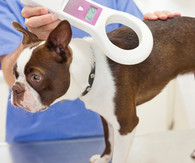
Obviously if the dog is wearing a collar with identification, a license or a rabies tag, call any phone numbers listed. If there is no luck with that, get the pup checked for a chip. Any shelter or veterinarian office will scan an animal for a microchip at no cost.
Still no luck? If you are unable to care for the pup and search for its owner, take him to your local shelter. If found in San Jose, Cupertino, Los Gatos, Milpitas or Saratoga, take the dog to San Jose Animal Care Center located at 2750 Monterey Road in San Jose. If you found a pet in Campbell, Monte Sereno or Santa Clara, go to Silicon Valley Animal Control Authority at 3370 Thomas Road in Santa Clara. For Sunnyvale, go to Humane Society of Silicon Valley located at 901 Ames Avenue in Milpitas.

If you can properly care for the animal while searching for its owner, you are a Great Samaritan! (That's a level above Good Samaritan.) The most important thing to do is file a Found Dog report with the shelter that serves the area where you found him. This is crucial. The first place an owner will typically look for their lost pet is the shelter.

To file a Found Dog report at San Jose Animal Care Center, bring the pup to their facility at 2750 Monterey Road in San Jose. They will take a photo and collect pertinent information on him. For other shelters, you can fill out an online report with the Humane Society of Silicon Valley here and for Silicon Valley Animal Control Authority here. All these organizations will enter the dog's information into their databases and post a description on their websites.
You aren't done yet! Now that you've got a canine house guest, there are a few more steps you need to take to help him find his people.
Post the dog online at Craigslist.org in the "Lost & Found" and "Pets" sections. Post him on your neighborhood websites such as Nextdoor.com. Post him to local animal welfare social media pages you follow. Don't forget to ask us to post on our San Jose Animal Advocate's Facebook page!
Something to keep in mind as you network him - sometimes less is more. Don't include an overly extensive description about the dog. When someone contacts you claiming to be the owner, you can easily verify if the animal belongs to them by asking some simple questions.
Be sure to put an ID tag on him with your contact information. Why? He got lost once. He may do so again.
You aren't done yet! Now that you've got a canine house guest, there are a few more steps you need to take to help him find his people.
Post the dog online at Craigslist.org in the "Lost & Found" and "Pets" sections. Post him on your neighborhood websites such as Nextdoor.com. Post him to local animal welfare social media pages you follow. Don't forget to ask us to post on our San Jose Animal Advocate's Facebook page!
Something to keep in mind as you network him - sometimes less is more. Don't include an overly extensive description about the dog. When someone contacts you claiming to be the owner, you can easily verify if the animal belongs to them by asking some simple questions.
Be sure to put an ID tag on him with your contact information. Why? He got lost once. He may do so again.
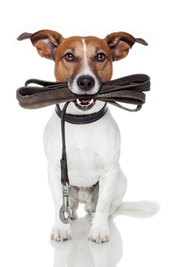
Here are a couple final tips that can help make a huge impact on finding Fido's family:
Make a flyer!
Type out "Found Dog" in a LARGE FONT, include a good sized photo of the pup and your contact info. Many people who will see your flyer will be driving by it, so keep it simple and easy to read. A good photo is the best advertisement you can have. Post the flyers around the area you found the dog. (Click here for an online template.)
Leash up and go for a walk!
If you are able to, take the dog for a walk in the area you found him. Be sure to bring your flyers and talk to anyone you see... the mailman, UPS delivery person, neighbors, places of business and of course, other dog walkers!
Whether you transport a loose dog to a local shelter or commit to fostering and searching for its owner, you make a difference in that dog's life!
Make a flyer!
Type out "Found Dog" in a LARGE FONT, include a good sized photo of the pup and your contact info. Many people who will see your flyer will be driving by it, so keep it simple and easy to read. A good photo is the best advertisement you can have. Post the flyers around the area you found the dog. (Click here for an online template.)
Leash up and go for a walk!
If you are able to, take the dog for a walk in the area you found him. Be sure to bring your flyers and talk to anyone you see... the mailman, UPS delivery person, neighbors, places of business and of course, other dog walkers!
Whether you transport a loose dog to a local shelter or commit to fostering and searching for its owner, you make a difference in that dog's life!





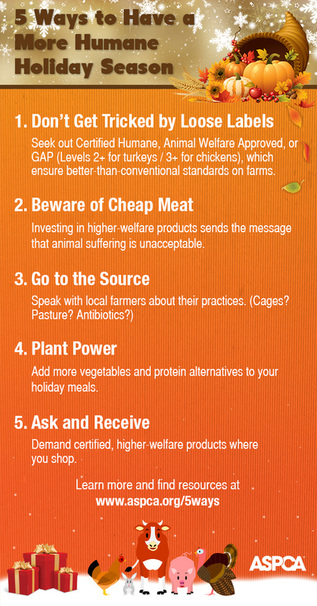
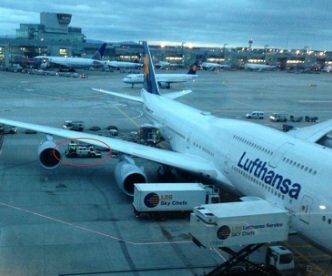

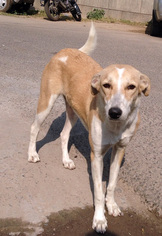
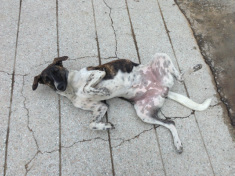
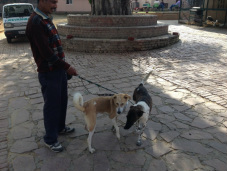
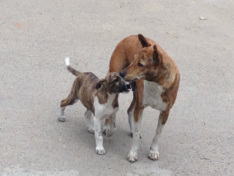
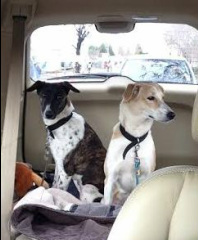

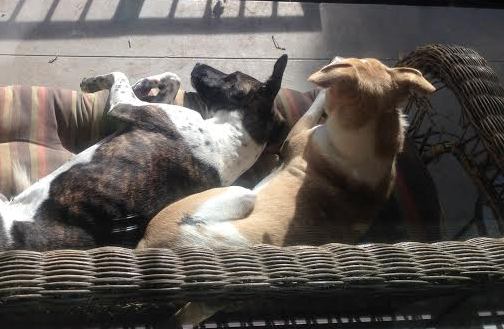








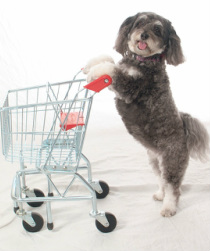

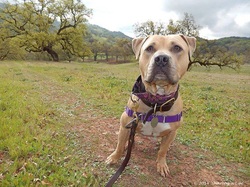

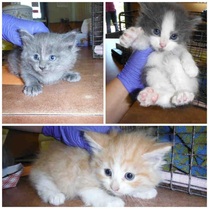
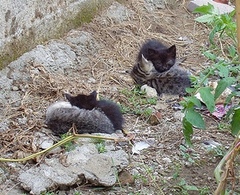
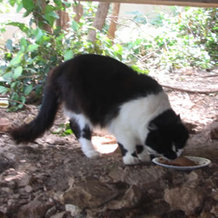
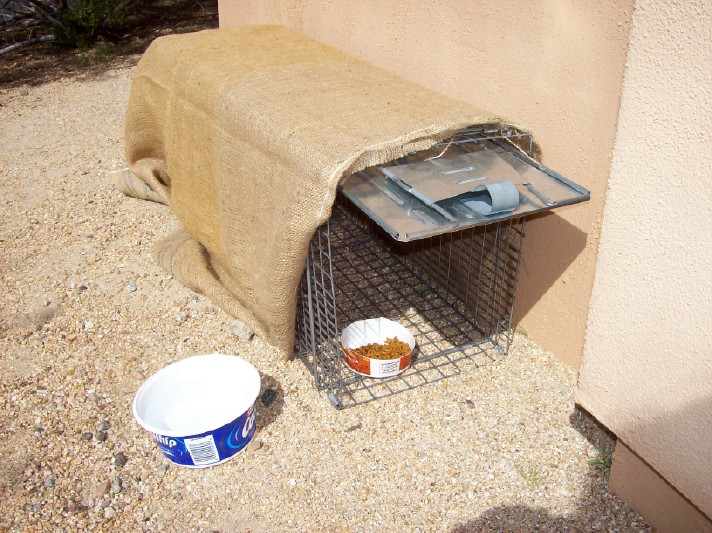
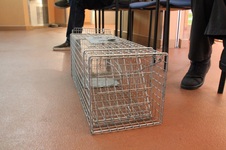



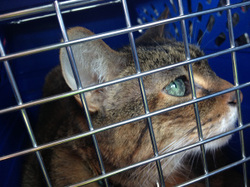

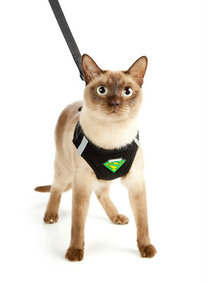
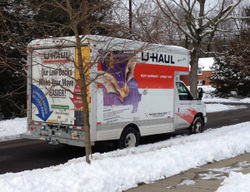





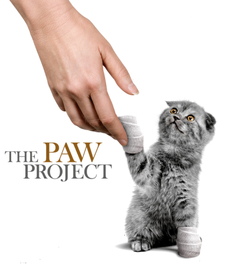

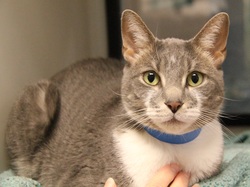
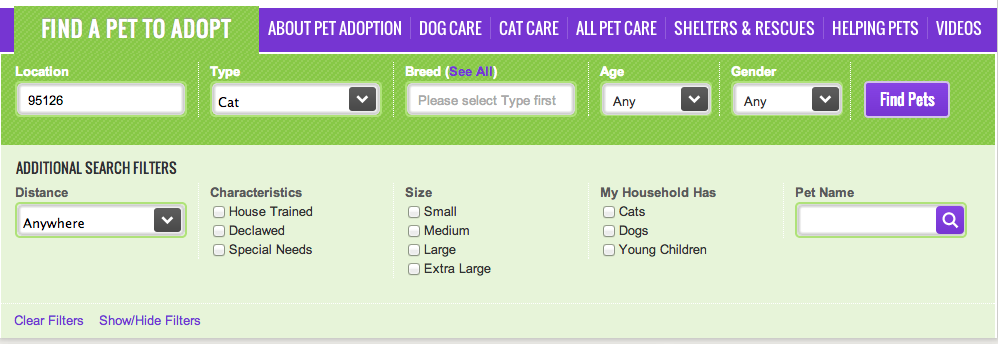
 RSS Feed
RSS Feed
